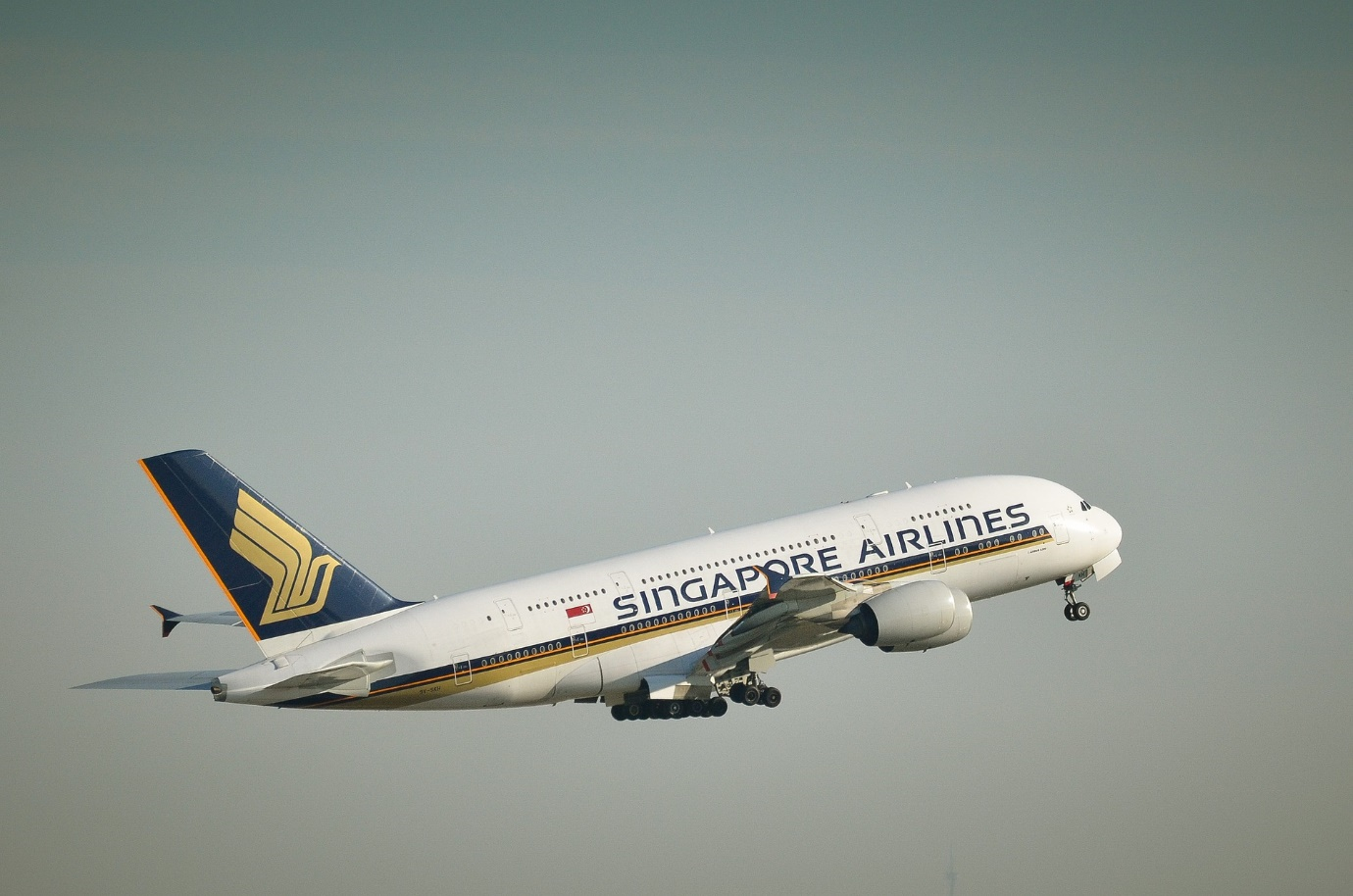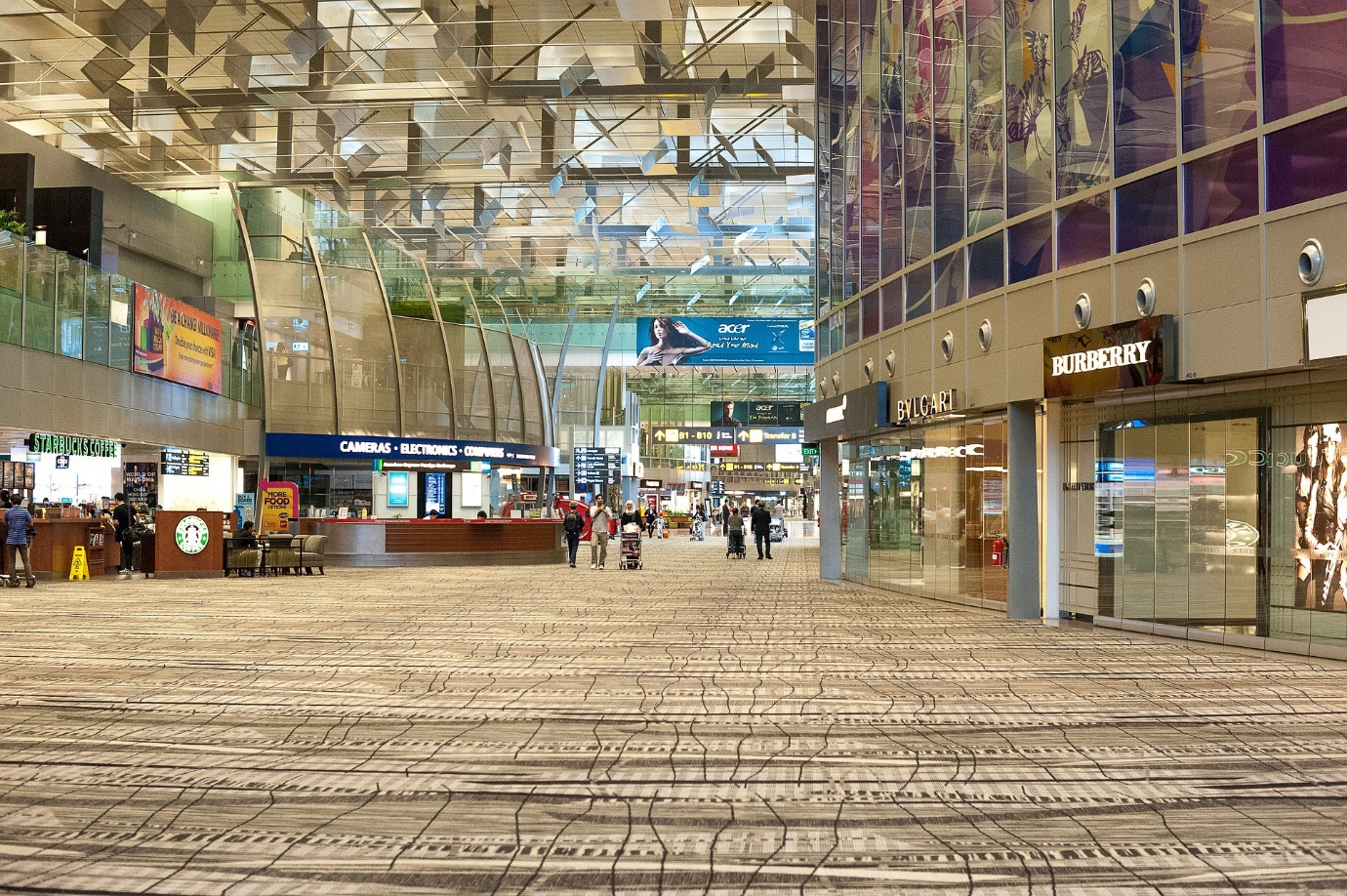Singapore Airlines Case Study: A Detailed Analysis
Question
Task: Provide a detailed analysis of the Singapore Airlines Case Study.
Answer
Singapore Airlines Case Study
It was in the year 1972 that the company of Singapore Airlines was established after being segregated from Malaysian Airlines. There has been witnessed aggressive growth on behalf of Singapore Airlines since it had taken the approach of progressive trading and investing to generate a high rate of turnover in the phase of reorganization. Through this Singapore Airlines Case Study, we can find that the working principle of the company was based on its own motto that “It is the quality of the outcome delivered by the company which primarily decides its failure or success” (Fan & Lingblad, 2016). The same principle has now been accepted by a lot of companies all over the world. The company has focused on various renovative measures and other fields of infrastructures which eventually had brought excellence in some departments like customer service. The high level of inventiveness in the approach of the company has made Singapore Airlines one of the leading companies in the service industry at the global level and at the same time has raised the bar of standards before its rivals, and the background of the same context is discussed in the following section of this Singapore Airlines Case Study.

Analysis of human resource management
Since the company is operating in a highly competitive market, the management of Singapore Airlines had decided to ascertain differentiation in its system and give a higher focus on the in-flight service. The presence of quality flight service is very significant in its own perspective, which would reflect the effort made by the airline company to make its customers secure and comfortable (Heracleous & Wirtz, 2010). The direct impact of the human resource management in the quality of the service delivered by the company by appointing sensibly the candidates for in-flight crews based on their subjective performance was understood by the company. Every crew member in the company was entailed with the responsibility to satisfy the requirement of every passenger that would project the consideration of the company towards its customers. The flight attendants in the Singapore Airlines were selected from a very young pool of candidates that typically ranged between the age of 18 and 25 years. The academic parameter was though limited to only with the level of high school, which mandated that the mode of education is conducted in English. Though the process of selecting the candidates turned out to be very competitive since the evaluation was done on the basis of experience, set of skills, thought process, critical reasoning skills, etc. of the person. The approach of strict recruitment processes had helped the company in recruiting and retaining the workers who had an open mind towards new parameters, a positive perspective towards the company, and have a very advanced set of skills. However, business experts have criticized the same approach on various grounds. The argument that appointing the workforce with young people would significantly impact the turnover of the company was refuted by the experts. It was being argued that the presence of several experienced employees would significantly help the younger employees in building certain confidence and skills in the related field of occupation. Though because of the variation in Singapore culture, an older person serving another aged person would have been quite awkward, and the same was alleviated by appointing young employees for in-flight service. The company has also observed that employees with younger age had an open mind towards the new approaches rather than the experienced employees who limited their working style to the old format.
It has been understood by the management body of Singapore Airlines that the employees in the younger generation are more appropriate for the job of in-flight services and thus the recruitment and training processes were made comprehensive and strict. The detailed approach was taken by the management of Singapore Airlines while delivering training to the candidates regarding the delivery of food and related services and handling various terminologies. In a similar manner, the advanced approach was taken by the company to prepare them for crucial and potential situations of emergency, which could happen either on the ground or in the air. The whole program of training in the company could be characterized by the ongoing development of onboarding services. The consistent performance on behalf of the employee was ensured by regular evaluations and proper communication. The same approach has helped in enhancing further the quality of service for the clients.
The work management plan implied by Singapore Airlines case study was suited for its growth. The possible homogeneity in the workforce was eliminated by appointing fresh and young candidates through a strict monitoring process along with the recruitment of eligible and experienced candidates. The company has taken a special effort to avoid the recruitment of officers only of Asian origin. The company should take a diverse approach in its business so that it could attract a wider customer base with different cultural backgrounds.
Marketing Campaign
It is majorly the quality of service offered by the company that has earned Singapore Airlines the reputation of the leading company in the global market. In the Asian business culture, the factor of customer satisfaction is considered to be a primary objective that has assimilated in its processes. High-quality presentation of services, focus on small details, emphasizing on even small details justifies the Asian heritage of the business. The major characteristic of Asian business culture is to stick through the appropriate hierarchical system in the organization (Chan, 2000). The approach has ensured that the young employees employed in the company would stick through the same caring and gracious attitude towards the customers. The company has displayed even the Asian women as its logo since it displays the Asian culture of hospitality which strongly justifies the “gentle and courteous service”. These thought processes and stereotypes deeply exist in the minds of Asians, and the same thing is justified as the epitome of Singapore airline services.

The method of quality analysis implemented in the company
The quality analysis wing of Singapore Airlines is divided into major divisions. The primary analysis of quality is conducted on the initial sample of 10000 passengers by considering the complaints and feedback provided by the customers. The second stage of quality analysis is conducted by the International Research Associates that is an independent body for rating various airline services.
Though the company had recorded very rapid growth in the initial stage of the establishment, the tone of complaints and feedbacks remained the same for a long period. Though the type of analysis was quite satisfactory for the management of the company, the complaints regarding the revenue collected from the ticket sales and transport of baggage remained unattended for an extended period. It is to bring the focus on every issue that the concerns were bifurcated into two separate areas. The continuous evaluation has revealed that the feedback of the customers should be referred to on a continuous basis to ensure a higher level of customer satisfaction. The feedback provided by the clients and customers is also bifurcated into the divisions of compliments and complaints.
The survey published by INRA is the secondary source of information that the company relies on to analyze the level of customer satisfaction. The officials and executives in Singapore Airlines have provided a deep focus over the projected issues in the report of INRA. As per the INRA reports published in 1973, 1974, and 1979 the company has scored 68, 74, and 78 respectively. Though the score of the company has increased rapidly, its competitors like Thai International and Cathy Pacific are also progressing at a very fast pace. Hence the existence of real competitive advantage could only be analyzed by conducting a good market analysis. The actual progress in the market and the business could be only be ascertained by the effective analysis of the position held by its main competitors in the aspects of customer satisfaction and the quality of service offered by it (Wirtz, 2008).
Decision made to install the slot machines.
To stay relevant in a highly competitive market like aviation, the company should adopt various new advanced technologies in its system. The major step was taken by the company, which can be seen through this Singapore Airlines case study was the decision to replace the sleepers with the section of business class in their air vehicles. However, this action was not much supported by the regular customers of Singapore Airlines. The decision to replace sleepers with the business class was against the customer’s expectation of luxurious and comfortable travel. The company has the reputation of providing an elite experience to the consumers by providing high-quality customer in-flight services. The company has attracted a large community of elite customer base.
If evaluated the new admissions of slot machines in the services of transatlantic services, it has ended up in making large customer dissatisfaction against the Singapore Airlines. Though the intention of the company was to create an extra source of income by introducing the slot machines, the same has provoked the customers since it symbolized extra levying of charges. The inclusion of machines had also ended up consuming extra fuel costs and required significant space to be occupied. The seats have to be considerably reduced to include such a machine (Wirtz &Johnston, 2003). The move has turned to be a risk for the safety of travellers rather than adding up to the quality of in-flight services. The move could have only generated extra income for a while and had not the potential to generate profit in the longer run.
Conclusion
By conducting a detailed analysis of the Singapore Airlines case study, a person could understand both the aspects of an effective and ineffective style of management which may occur within the working environment of an organization. The detailed analysis of the Singapore Airlines Case Study has helped us in understanding the leadership and organizational format to be followed in the success of an organization. The study on Singapore Airlines Case Study also opens up the scope for further research in the significance of customer satisfaction and effective organizational process behind the success and development of an organization. Various new approaches to be implied in the future ventures have been revealed by the study conducted on Singapore Airlines case study which majorly consisted of regular consideration of complaints submitted by the customers, realistic analysis of the decision making in the organization, format for the business processes, method of conducting various airline procedures, etc. We hereby recommend in this Singapore Airlines case study that the company should focus on devising innovative strategies for acquiring more market share and other strong aspects which have turned it into a reliable organization.
References
Chan, D. (2000). The story of Singapore Airlines and the Singapore girl. Singapore Airlines Case Study Journal of Management Development.
Fan, T. P. C., & Lingblad, M. (2016). Perceiving through the meteoric rise of Middle-East carriers from Singapore Airlines case study' vantage point. Journal of Air Transport Management, 54, 111-122.
Heracleous, L., & Wirtz, J. (2010). Singapore Airlines case study’ balancing act. Harvard Business Review, 88(7/8), 145-149.
Wirtz, J., & Johnston, R. (2003). Singapore Airlines case study: what it takes to sustain service excellence–a senior management perspective. Managing Service Quality: An International Journal.
Wirtz, J., Heracleous, L., & Pangarkar, N. (2008). Managing human resources for service excellence and cost-effectiveness at Singapore Airlines case study. Managing Service Quality: An International Journal.












